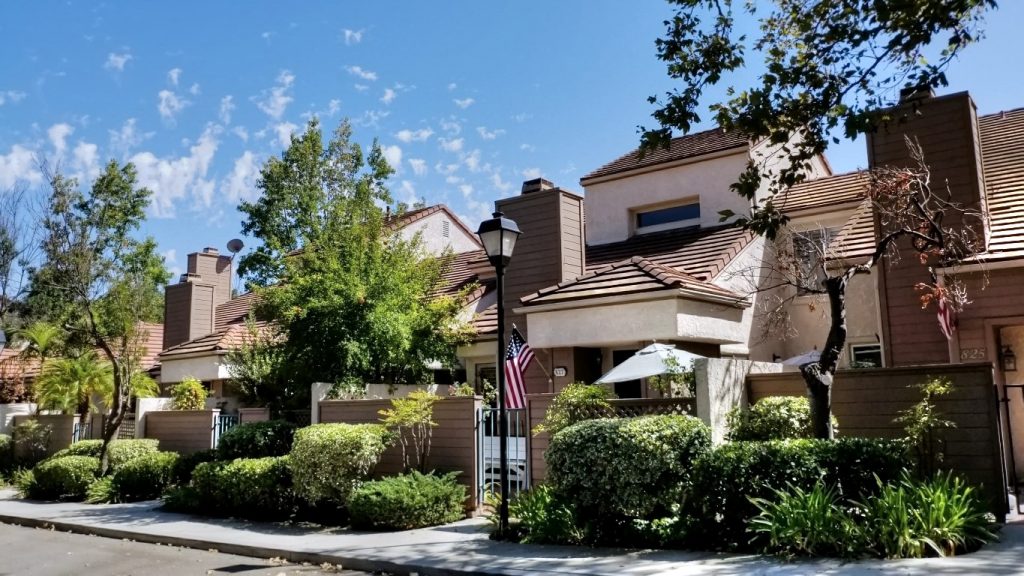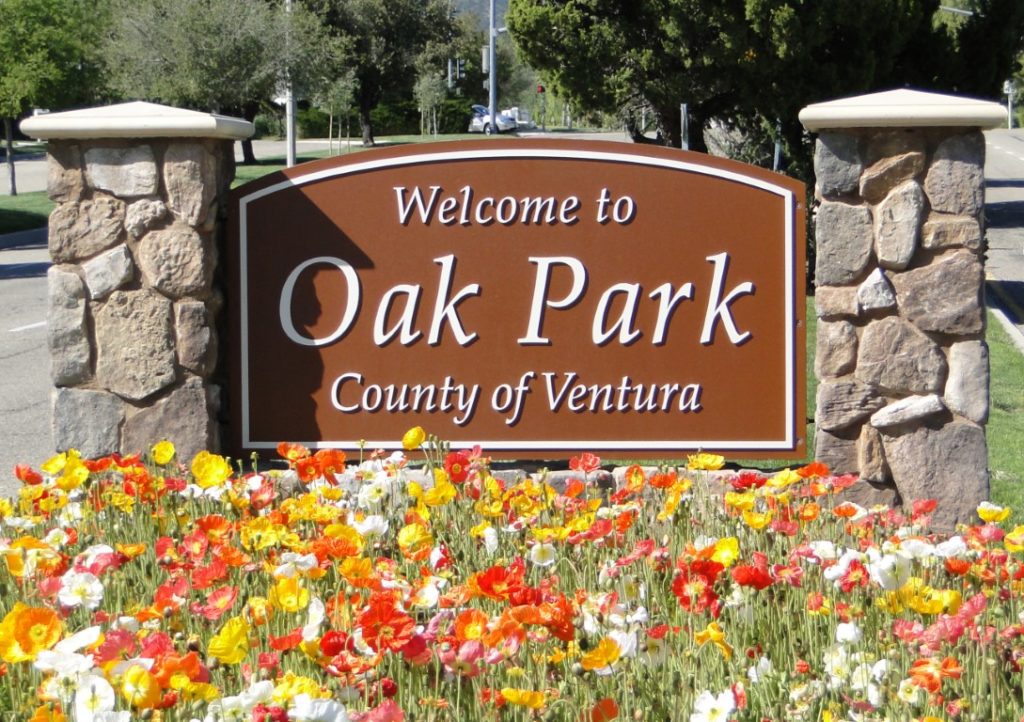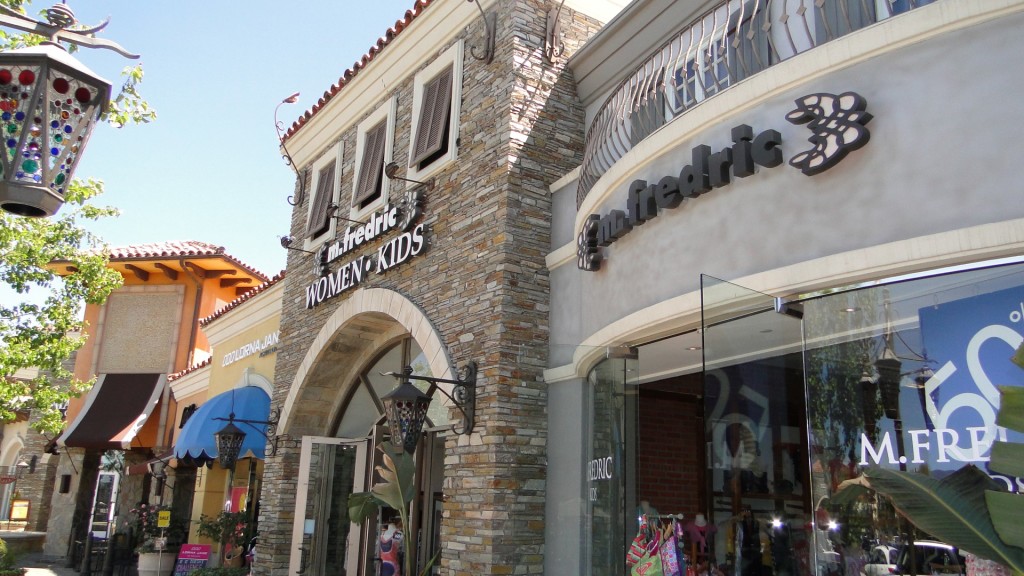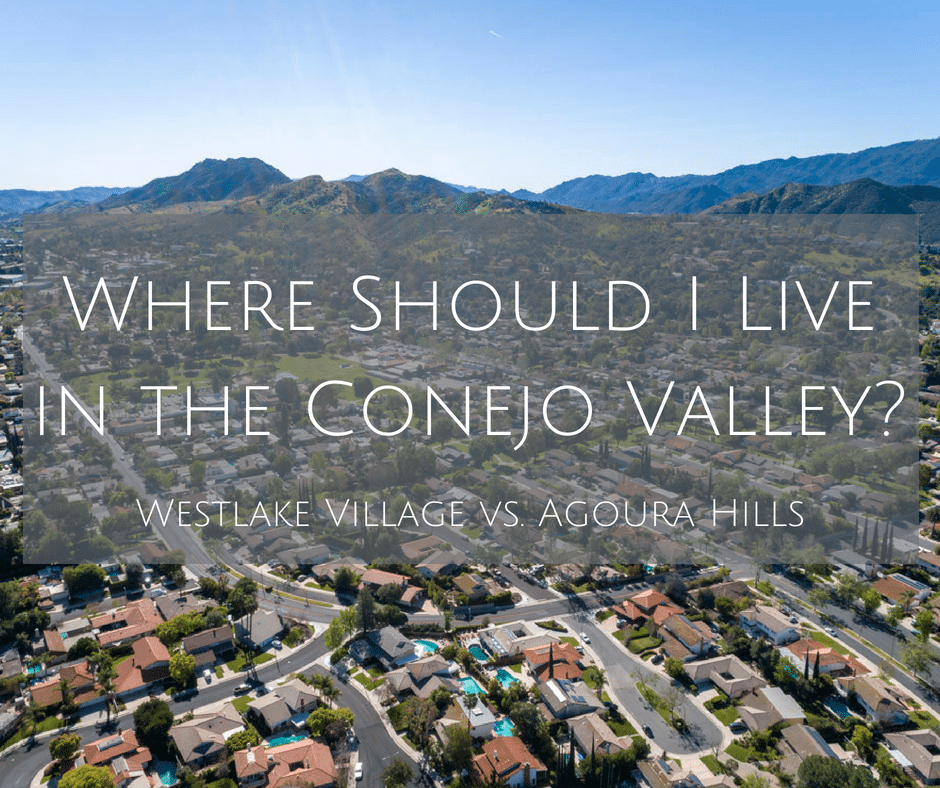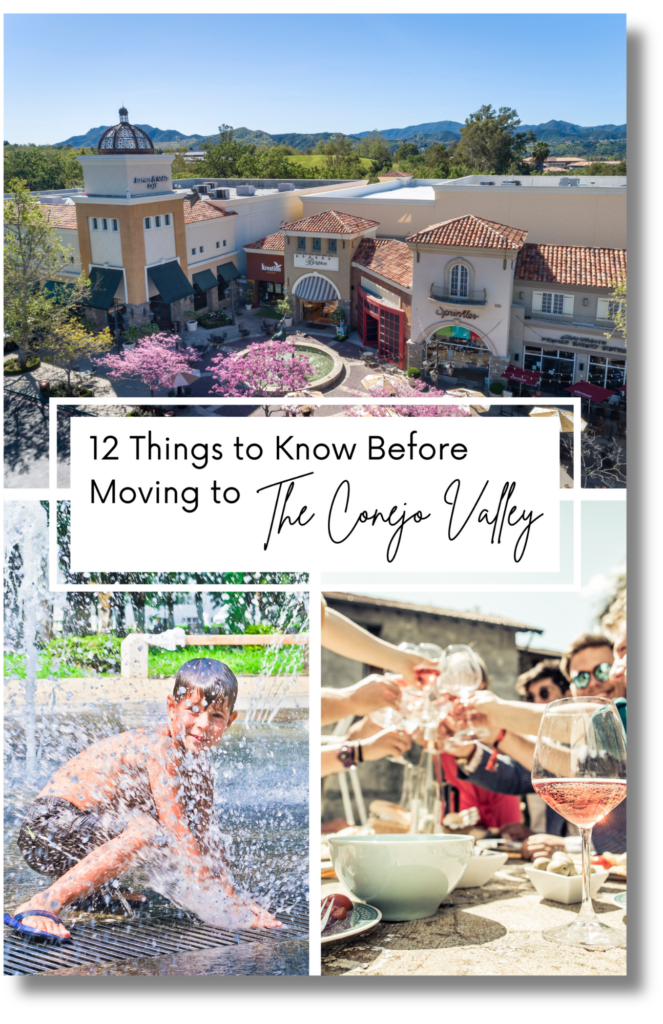Fire season in Southern California used to come every Oct/Nov. After a long summer dry spell and Santa Ana winds, a major fire would pop up every 10 years or so. Not any more. The constant threat of fire hangs over our heads all year long these days.
The Woolsey fire in 2018 brought fire concerns front and center for both homeowners and those looking to buy a home. In my early days of real estate, buyers would ask about earthquakes. Nowadays, it’s all about fire hazard.
The Woolsey Fire
The Woolsey fire, while devastating for many, was not nearly as bad as it could have been or how it probably looked on TV for the Conejo Valley area. The Morrison Sutton neighborhood in Oak Park was ground zero for the fire as it raced down the hill fueled by 40+ mph winds and years of drought. However the neighborhood of approximately 300 homes only lost about 10 homes. And it turned out that most of the homes burned due to insufficient mesh in the attic vents that allowed the embers to get in and burn from the inside out.
You would expect that the homes against the mountains got hit the hardest, but that wasn’t the case. It was a very random occurrence and just a matter of bad luck. Overall, the Conejo Valley lost less than 100 homes. The vast majority of the devastation occurred in the canyons.
The risk of future fires is real and should be considered when making a home purchase decision. But trying to predict where a fire will occur and assessing the risk to a particular house is like trying to predict earthquake damage. It’s just a guess.
Natural Hazard Zone Disclosure report
When you buy a home, per the contract, the seller provides a Natural Hazard Zone Disclosure report. The report is generated by a third party company that identifies the home’s proximity to known hazards like earthquakes, floods, and of course fire zones. As you may expect, most of the Conejo Valley now falls under the Very High Fire Severity Zone classification.
What effect does this have on home insurance?
Insurance companies use their own metric called “fire line score” that can range from 0-30. Most of the Conejo Valley falls in the 0-9 range. After the fire, many insurance companies either stopped writing policies at all, or redefined their fire line scores and restricted the homes they would insure.
Fortunately, many insurance companies have since broadened their availability and are now writing again on areas with higher fire line scores.
There are many variables that come into play when evaluating what coverage and how much coverage to get. Your lender is only going to require basic fire insurance, but you’ll want more than the minimum.
Unfortunately, many homeowners who lost their homes in the fire had to learn this the hard way. Those who opted for the cheaper “HO3” policy vs. an “HO5” policy were surprised to learn that full replacement reimbursement wasn’t covered in their plan.
An HO3 policy pays you actual cash value for your contents. This takes into account depreciation and pays you the amount your items would sell for on the open market. HO5 policies cover your contents at replacement cost. This means you’ll be paid enough money to buy a new item.
You’ll want to start the insurance processes early on during escrow. You’ll need that time to do some shopping and understand your coverage. A typical home in the Conejo Valley will cost about $2500-$3500 annually to insure. Adding earthquake coverage will approximately double your cost.
The bottom line…
The threat of fire is just a part of life living in the Conejo Valley. The risk is real, but being surrounded by beautiful rolling hills makes it a risk worth taking.


